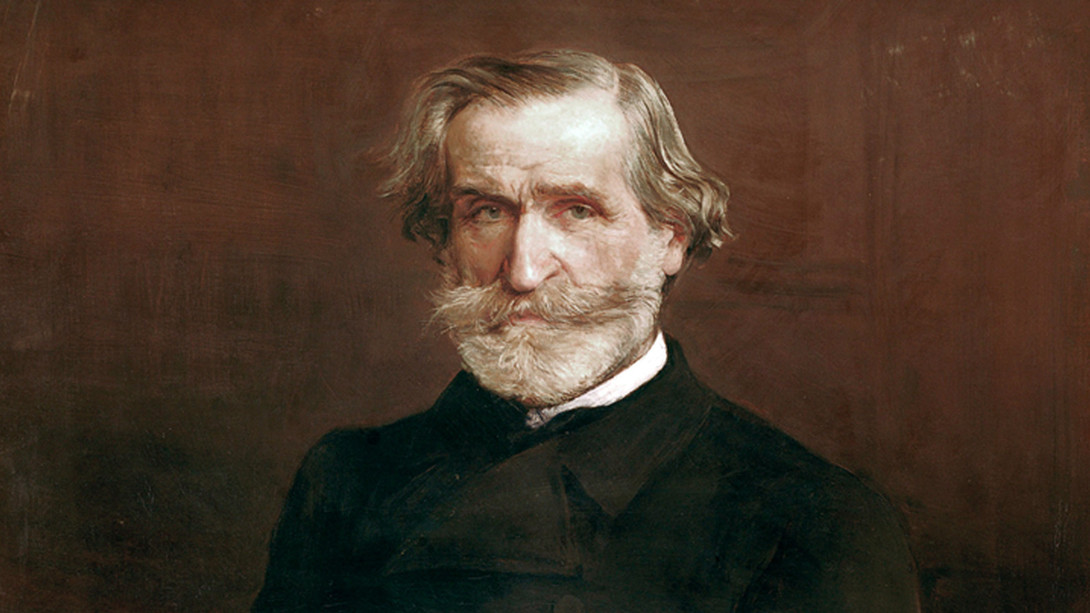August 2025: CAVALLERIA RUSTICANA
Mascagni began work on Cavalleria rusticana in 1888, intending to enter it into a music competition run by the Sonzogno publishing company. Initial feedback on the score was disappointing, however, and Mascagni resolved to destroy it and submit the fourth act of another opera he had composed instead. Unbeknownst to him, his wife Lina submitted the Cavalleria rusticana manuscript on his behalf, and the work was awarded First Prize ahead of 72 other entrants. Its premiere in Rome in 1890 was an enormous success, with Mascagni reportedly taking 40 curtain calls to rapturous applause.
Mascagni’s opera, based on Giovanni Verga’s play, is identified as a launching point for the verismo (“realism”) trend, thanks to its naturalistic narrative approach, its focus on ordinary people, and its passionate, violent content. The style remained popular into the early 1900s, and its influence can be seen in works from Giordano’s Andrea Chénier to Puccini’s Tosca.
For a conductor, Cavalleria Rusticana is a demanding title for the continuous use of ritenuto and allargando, suitable to express the deep feelings of the characters. A title in which it is mandatory to know the traditions and have a solid technique to control the ever-flowing rhythm.
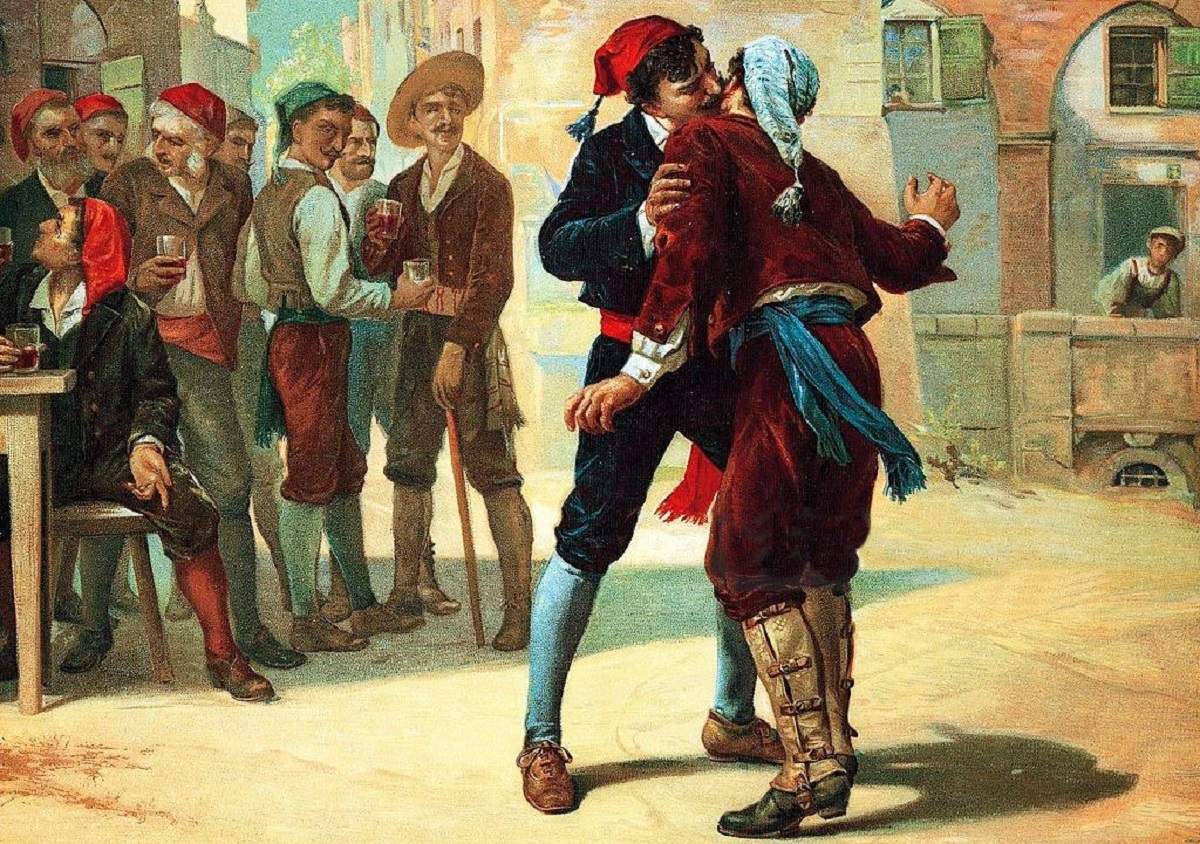
August 2024: IL TROVATORE
An intricate plot, a succession of arias and ensemble pieces, one more beautiful than the other, the melodic vein of the best Verdi with his perhaps highest results. Il Trovatore is all this and a work of great commitment for the conductor called to undertake one of the most delicate tests offered by the Italian repertoire.
During the four-day course, all the pieces of the opera will be covered, with particular attention to the more delicate arias and ensemble pieces, thanks to the presence of the singers and accompanying pianist for the entire duration of the masterclass
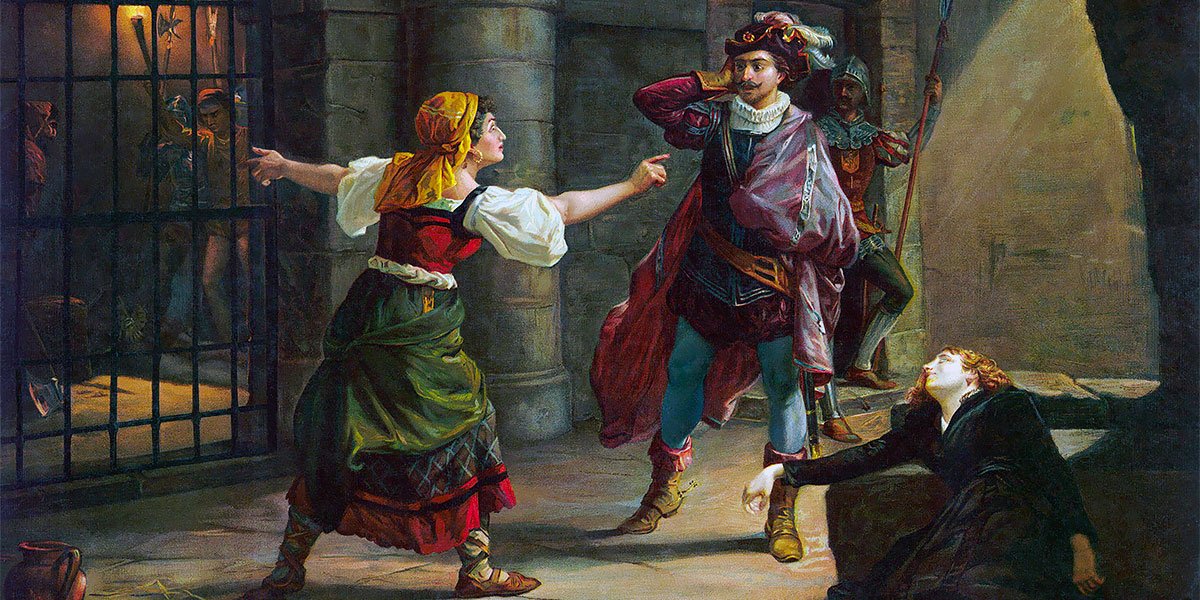
August 2023: RIGOLETTO
Intense drama of passion, betrayal, filial love and revenge, Rigoletto not only offers a combination of melodic richness and dramatic power, but lucidly highlights social tensions and the subordinate condition of women in a reality in which nineteenth-century audiences could easily reflect themselves.
From the musical point of view we have some of the most famous arias and ensemble pieces in the repertoire, such as “Caro nome”, “Cortigiani, vil razza dannata”, “Questa o quella”, “Bella figlia dell’amore”. Rigoletto is a constant challenge for the conductor.
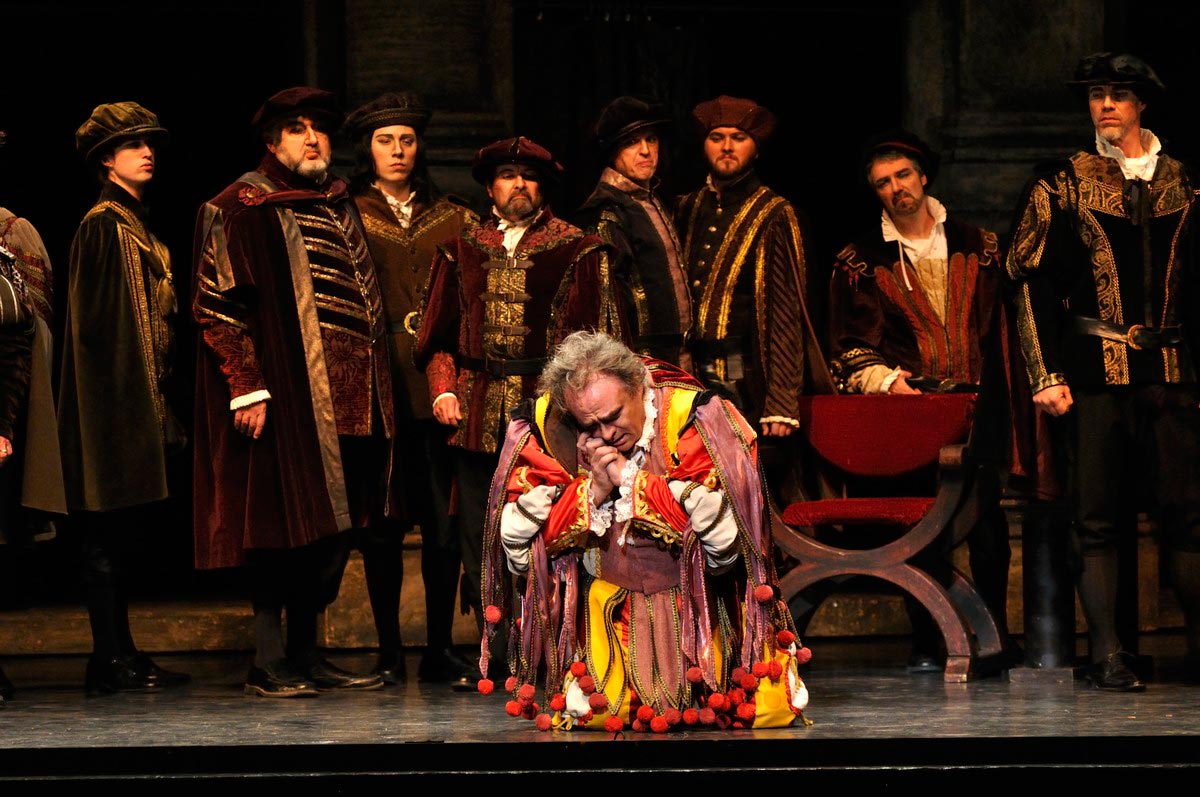
January 2023: LA TRAVIATA
Featuring one of the most iconic, romantic and tragic scores of all time, Verdi’s masterpiece contrasts spectacular party scenes with tender, intimate moments.
Written by the young Verdi in 1853, La traviata is nowadays the most performed opera in the world.
La traviata tells the story of the tragic love between the courtesan Violetta and the romantic Alfredo Germont. Played out against the hypocrisy of upper-class fashionable society, Alfredo and Violetta’s love threatens to shame his family. When his father directly appeals to Violetta to relinquish her one chance of happiness, Violetta submits and her act of self-sacrifice leads to her paying the ultimate price.
La Traviata features some of the most iconic pieces in the whole repertoire, from Violetta’s aria “Sempre libera” to the “brindisi” (Libiam ne’ lieti calici), it represents a source of incredible beauty but is also a tricky opera both for the conductors and the singers. There are lots of non-written traditions and is extremely demanding for the conductor and the whole cast, not only the leading roles but also the guests.

August 2022: LUCIA DI LAMMERMOOR
Set in nineteenth-century Scotland, Lucia di Lammermoor tells the emotional tale of Lucia, a woman who is constantly manipulated by the men in her life. When she gets caught up in a family feud by falling in love with their sworn enemy, Lucia is pushed to her limit and finally decides to take control of her situation, with tragic consequences for the life of her new husband and her sanity.
The opera is perhaps most famous for the third act’s ‘mad scene’, in which Lucia descends into insanity. The mad scene was a popular convention in the bel canto era of opera, especially amongst French and Italian composers.
Donizetti’s compelling romantic drama Lucia di Lammermoor is an example of the bel canto school of 19th-century Italian opera.
Lucia di Lammermoor is one of the most performed operas of belcanto and thus a title that a conductor must have in repertoire.
With the guide of Antonello Allemandi, who conducted this opera more than 100 times in the most prestigious opera houses, the students will discover all the “secrets” of an experienced conductor and all the traditions that they cannot find on the score.
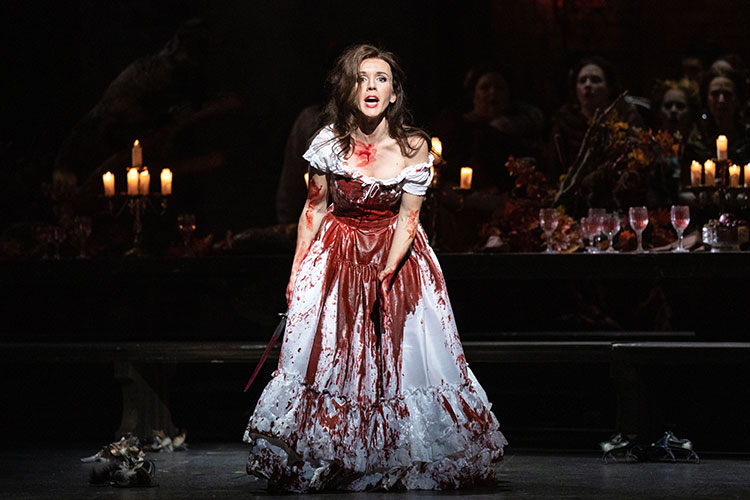
August 2022: VERDI’S REQUIEM
Requiem, also called Requiem Mass, Italian in full Messa da requiem per l’anniversario della morte di Manzoni 22 maggio 1874 (“Requiem Mass for the Anniversary of the Death of Manzoni May 22, 1874”), requiem mass by Giuseppe Verdi, intended as a memorial to a departed hero—the poet, playwright, and novelist Alessandro Manzoni. Requiem premiered in Milan on May 22, 1874. It is Verdi’s largest-scale nonoperatic work.
Verdi’s only masterpiece not intended for the stage was aptly described by Hans von Bülow as ‘Verdi’s latest opera, in church vestments.’ Its elegaic, spiritual moments are combined with a heartfelt intensity and stirring theatricality setting it a long way from the masses of Bach or Mozart.
Verd’s Requiem is a masterpiece that only mature conductors are comfortable with, still it’s a very important piece in the repertoire and a distinctive feature for the emerging conductor that wants to find his/her position in the music business.
